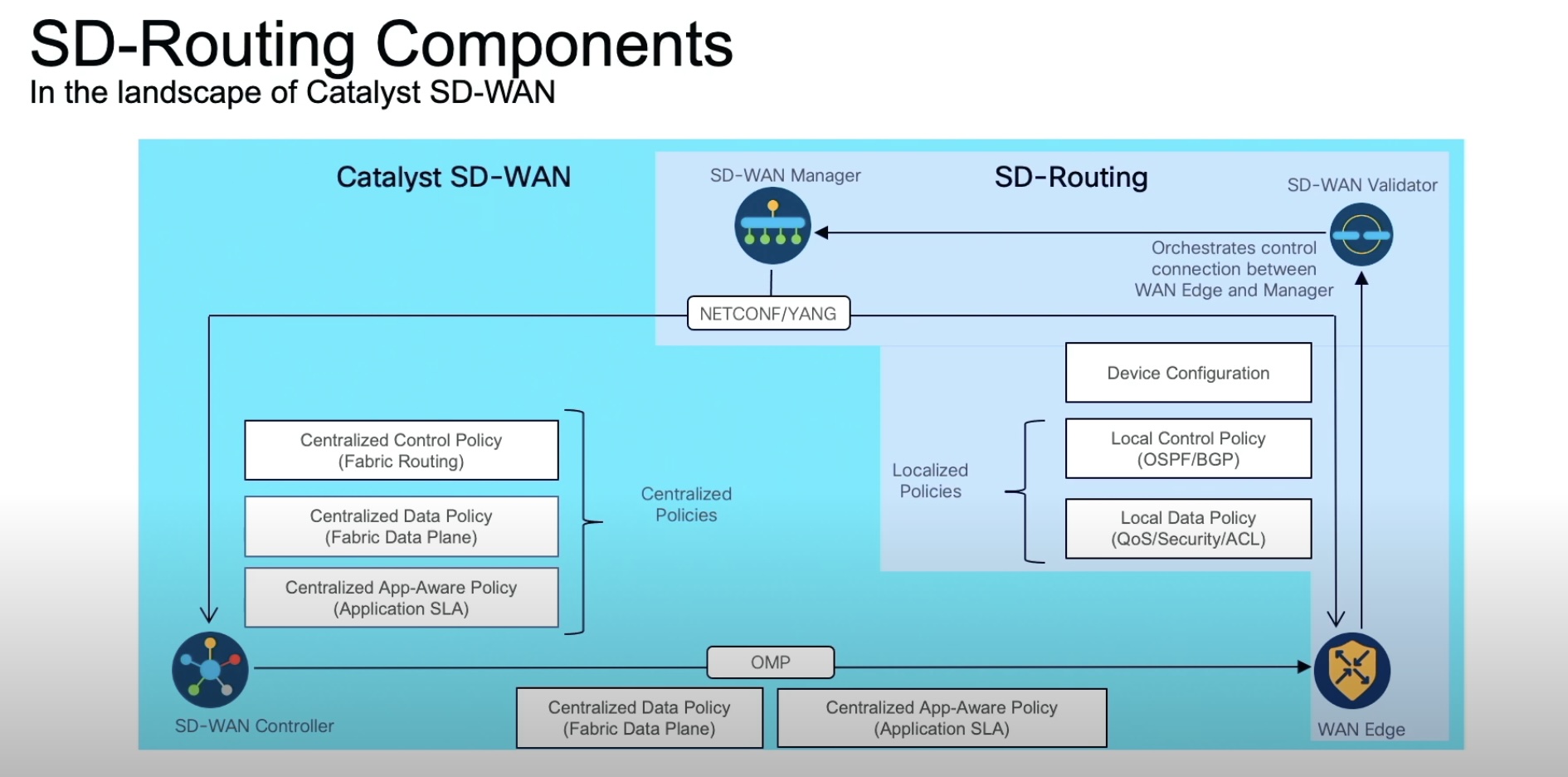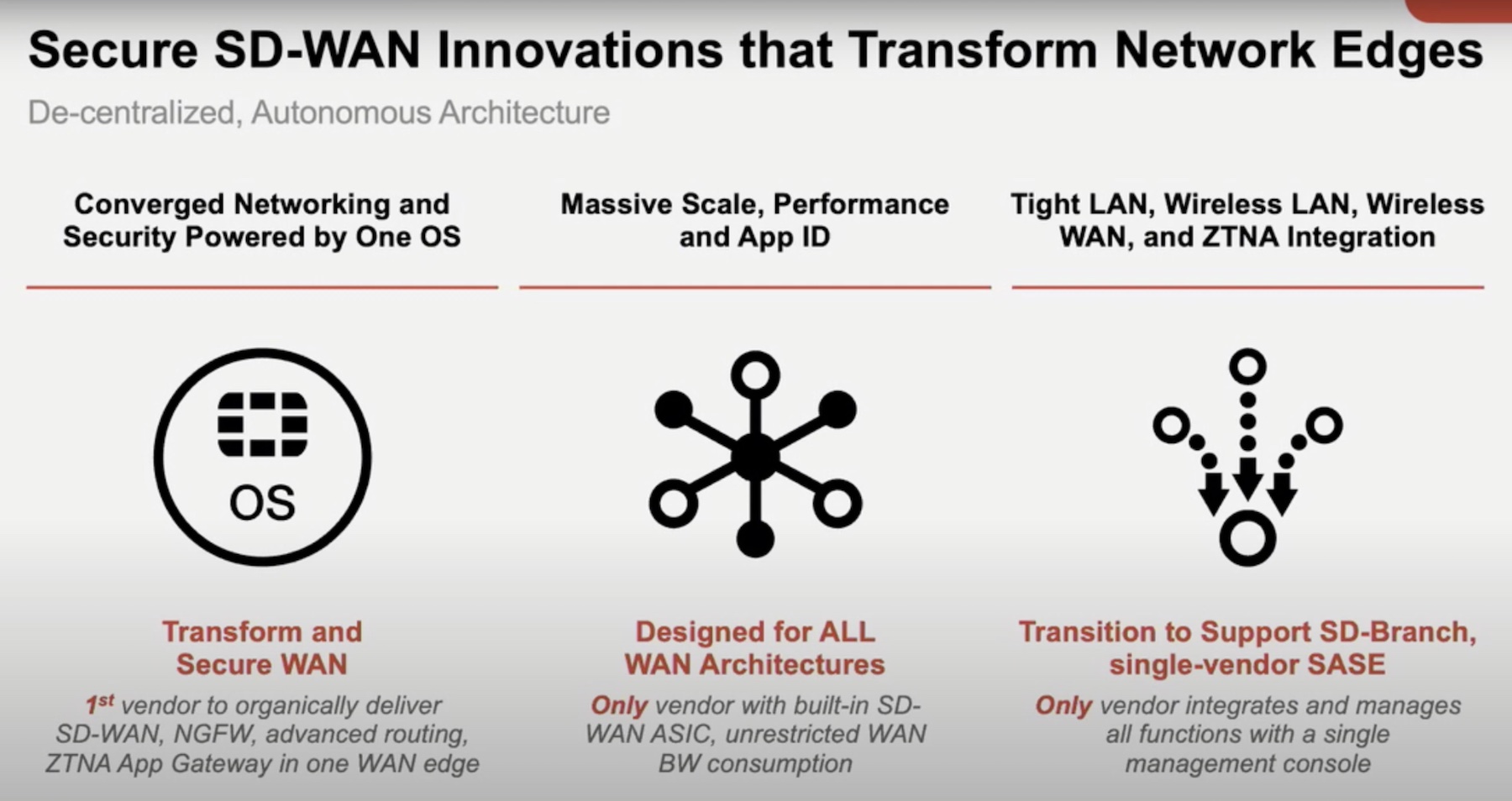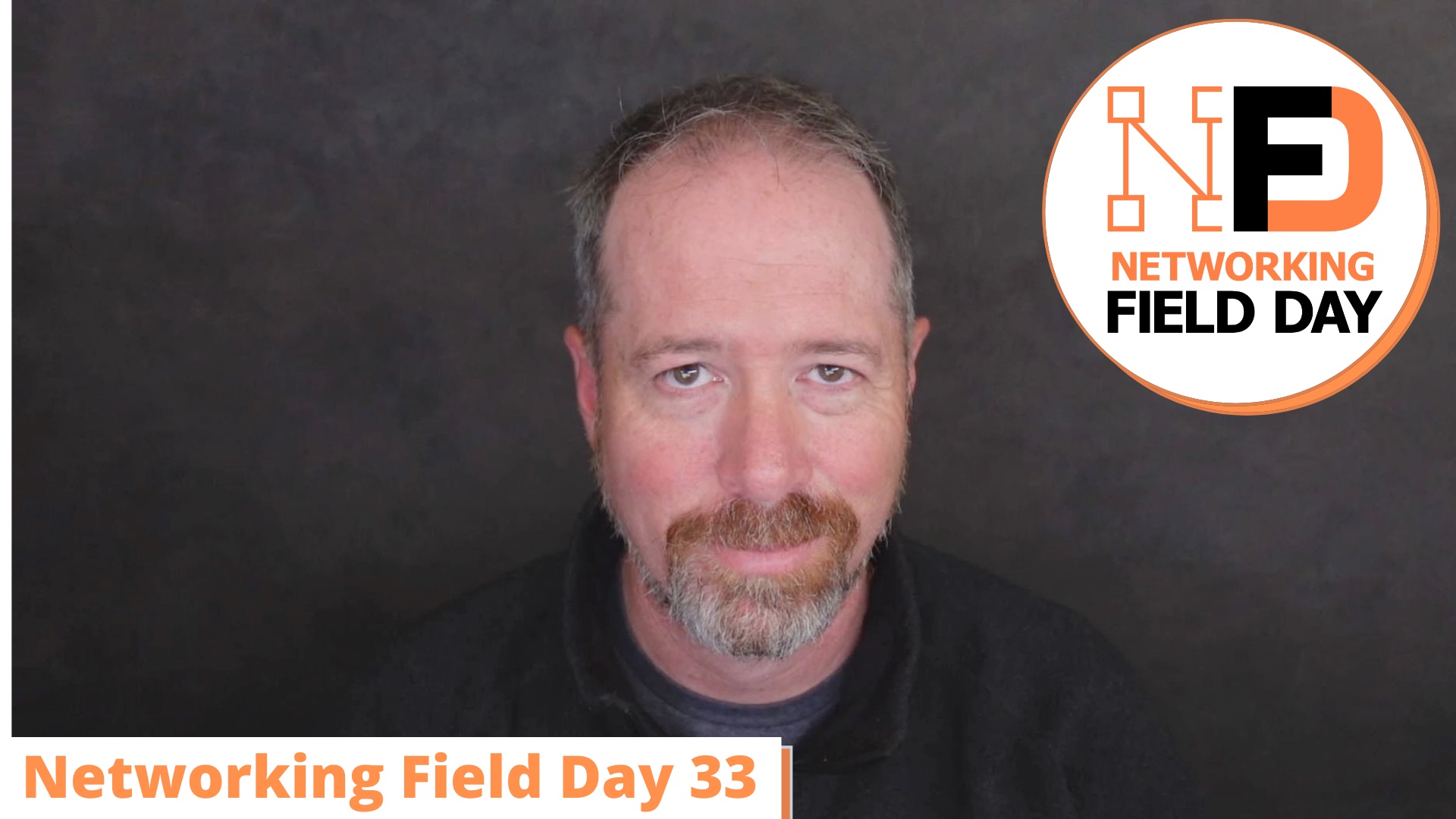I’m all onboard for our self-driving car future. Driving around a multi-ton vehicle isn’t something that necessarily needs human error. I just want to sit back, read a book and let something that can’t be distracted take over. Of course, I suppose by that definition I could just take the bus…
I just never thought we’d get to the point where we could have autonomous vehicles in my lifetime. I think a lot of this comes down to how I envisioned any self-driving system would have to work. It was probably from an issue of Popular Science from the mid-90s, but I always thought autonomous vehicles would have to rely heavily on networking. The self-driving swarm would need to be constantly communicating with all other cars around it, essentially broadcasting it’s intentions. For me, it was less about the cars performing the act of driving, and more about positioning within a greater whole. I also thought that this would need some kind of central administration. That destinations would need to be managed by a flow controller to allow the system to work. I was more focused on how you would infrastructure such a system, rather than simply getting a car to drive itself.
I think part of this was that I never imaged how far we’d come in processing speed and digital imaging in such a short amount of time. As a result, with such a convoluted scheme in mind, I though self-driving cars were something I’d see in my twilight years. Instead, we’re getting self-driving from a car-centric level. Manufacturers are using the sensors and basic systems that allow for adaptive cruise control and lane detection with considerable processing grunt to make vehicles that approach fully autonomous operation. Whether the regulatory environment and public perception will allow for this to advance is another issue.

The dopey face of proving me wrong
Image Credit: Marc van der Chijs
I thought very similarly about SD-WAN. Whenever I visualized SD-WAN, it always seemed like it would have to be a relatively top-down solution. A lot of what I’ve seen in the category certainly seems to shift this way, with SD-WAN companies working with service provides to implement their solutions. There’s nothing wrong with this approach, as long as it delivers the intended functionality.
That’s what made Viptela’s presentation stand out at last month’s Networking Field Day. Their primary focus was on working from the enterprise out with SD-WAN. From a monetary standpoint, this seems like a wash. For their model, you have to make a lot of (relatively) smaller deals with enterprises. For a more typical SD-WAN arrgagement, you’re making few comparatively larger deals focused on service provides. I actually think from a sales perspective, Viptela has an easier sell. In their presentation, the real world benefits of SD-WAN to a business are obvious.
Viptela is clearly reaping the benefits of such an approach. They listed over 100 enterprise customers deployed, with over 15,000 sites in production. That’s some impressive growth. Viptela knows why businesses want to deploy SD-WAN, and sold hard against that. One that wasn’t apparent to me going into the presentation was as a solution for multi-tenancy, where multiple district retail outlets are operating out of a shared space. It look me a few days, but as I was shopping in Giant Eagle after the event, I saw the Starbucks kiosk inside and all of the sudden I realized how common that kind of arrangement is. With Viptela’s SD-WAN setup, you can keep all traffic segregated with policy without having to install totally separate networks. While this is certainly a cost-saving measure, it also made me think that this plugs a lot of potential security holes as well.

A series of software-defined tubes
Image Credit: felixtriller
In the presentation, Viptela did not shy away from wanting to aggressively bring as much as possible into the wide area. This includes seamlessly working over whatever form of transport an enterprise needs, whether LTE, broadband, or MPLS. The company showed their line of vEdge routers that offer this spectrum of connectivity. Particularly impressive is that this connection is totally separate from the control and management planes of their service. You could deploy an LTE router to get your site connected quickly, then seamlessly move to something faster as needed, it’s essentially irrelevant to everything else. On the other end of the connection, the company has partnered with Zscalar to provide security for access to SaaS applications, allowing Viptela to optimize the connection for performance.
We’ll see if this enterprise focus will allow Viptela to grow as fast as other service provider oriented SD-WAN companies. While I don’t know if it’ll be successful in the long run, it seemed to me that their offering is comprehensive for an enterprise.





[…] Enterprise Focused SD-WAN with Viptela […]